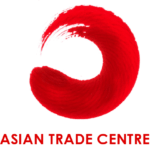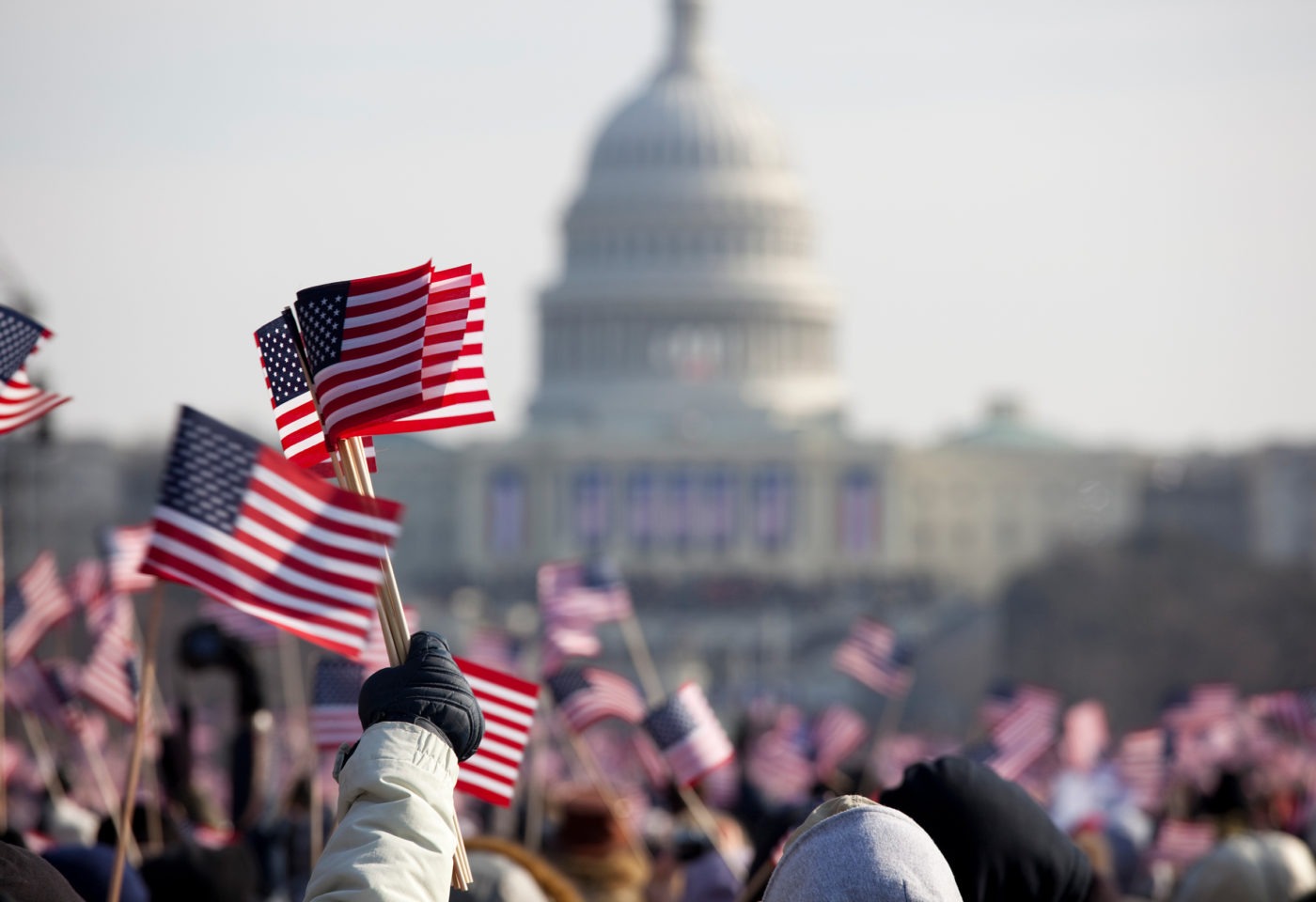This is blog was originally published on Talking Trade from the Asian Trade Centre. Talking Trade is written by Dr. Deborah Elms, Executive Director, Asian Trade Centre, Singapore. In November 2016, she and Carlo Dade, Director of the Centre for Trade & Investment Policy at the Canada West Foundation, co-authored Plan B for Canadian Trade Policy in Policy Options.
While we don’t want to spend too much time at Talking Trade watching unfolding events in Washington DC, the changes happening now are likely to significantly affect trade across Asia.
This is not a typical American administration.
President-elect Donald Trump has now named enough of his staff to show that his comments on the campaign trail and his various tweets and actions since his election were not simply pandering to the electorate. He intends to handle trade policy quite differently.
How do we know this? Each appointment and action can be seen as confirmation of Trump’s plans to radically reshape trade.
Note that Trump has divided his team into two groups – some of his picks are subject to Congressional approval and some are not. The former may or may not ultimately end up in office, as the confirmation process can go awry for a variety of reasons.
In particular, the Trump team appears to have done little in the way of vetting many of his selections. Given the enormous wealth and complex business dealings of many people he has chosen, many potential complications could unravel their hearings before Congress.
[Note that past nominees for Cabinet posts have been rejected for things like the non-payment of taxes for a nanny. While this is less likely in a Republican-controlled Congress with a Republican President, the point is that many things can happen and a selection does not mean automatic confirmation.]
Normally, trade policy is handled by the US Trade Representative (USTR). Trump has finally named his choice for USTR, Robert Lighthizer. Lighthizer has government experience, which is unusual for this administration which is relying heavily on outsiders.
He served as a deputy USTR in the Regan Administration. This was nearly 30 years ago when the United States was busy bashing Japan. Since then, Lighthizer has spent time as an international trade lawyer, mostly representing steel companies engaged in trade litigation over anti-dumping and countervailing duty (AD and CVD) cases.
This experience will certainly come in handy, since it seems fairly clear that USTR’s role will be primarily to carry out trade enforcement actions under Trump. Expect Lighthizer and his team (whoever remains at USTR after January 20) to spend most of their time going after China.
Lighthizer will likely will help shape the upcoming renegotiation of NAFTA and the labeling of China as a currency manipulator. He will also use his past experience to file a series of new AD and CVD complaints, starting with the steel sector.
Policy may not be set out of USTR. Instead, expect Wilbur Ross in the Commerce Department to play a more active role than usual. While many in business are hopeful that Ross will be a moderating voice, Ross’s recent pronouncements have toed the hard-line protectionist instincts of his new boss.
Trump is particularly set to be influenced by two advisors he has set up that are not subject to confirmation hearings.
As we have already reported, Trump named Peter Navarro to be his trade “czar.” Navarro has strongly held beliefs about China, in particular, that are likely to drive US trade policies more broadly. Navarro sees the United States as being on the losing side of a trade war.
Navarro, Ross and Lighthizer are meant to be bolstered by Trump’s personal international negotiator, Jason Greenblatt. Greenblatt, who has no foreign policy or international negotiating experience, served as Trump’s lawyer. Trump specifically called out trade as an area for focus for Greenblatt.
Trump’s actions back up his preference for protectionist trade maneuvers. His most recent threats to both Ford and General Motors serve as additional warning that he means what he says on trade.
Both Trump and the Republican economic plan call for something called a “border tax adjustment.” Essentially, this will tax imports. The point, for Trump, is to force manufacturing to relocate back to the United States. For Republicans, it is part of a larger plan to restructure taxes.
This is not the place to go into the details of the plans (which remain rather thin) or to point out the problems of taxing imports in a supply chain world when imports are critically important for exports or to note that hitting imports with taxes will fall disproportionately on the products that many Trump supporters depend upon.
Instead, simply observe for now that Trump’s threats to both auto companies relied on border taxes or increased tariffs as a critical feature.
For people who have expected business to stand up to Trump, watch how quickly companies appear to have folded in the face of a tweet. Ford did not open a factory in Mexico. Carrier abandoned plans to relocate some jobs.
It was not the use of Twitter alone that did the trick, of course. Carrier also received millions of dollars in grants and likely boosted the odds of keeping considerably more lucrative future government contracts. But the point is that firms are currently not standing up and fighting. They are likely to be watching and waiting.
But watching and waiting does not appear to be a very viable or smart strategy. Change is coming. Firms that have relied on complex supply chains should be preparing now for significant shocks.
At least some of incoming Trump team – to repeat again – believe the US is already engaged in a trade war. They want manufacturing to take place inside the United States and will do whatever they think it takes to make it so.
Many of the key players seem to be stuck in the 1980s and are pulling out the playbook from that era when the United States could dictate terms and insist on mechanisms like voluntary export restraints. The retaliation this time around will be different.
China is not Japan and the global trade balance in 2017 is not what it was in the 1980s. Asia will not cede immediately to U.S. demands, and it doesn’t have to.
The coming year is going to be very challenging for firms. Trump is not going to change his mind on trade. He really means business.
Talking Trade is written by Dr. Deborah Elms, Executive Director, Asian Trade Centre, Singapore. The Asian Trade Centre (ATC) is the premier regional thought leader, advocate and educator for trade in Asia. ATC works directly with both governments from around the world, companies, think tanks, foundations, non-governmental organizations, aid agencies and serves as the resource for trade-related activities in Asia.

